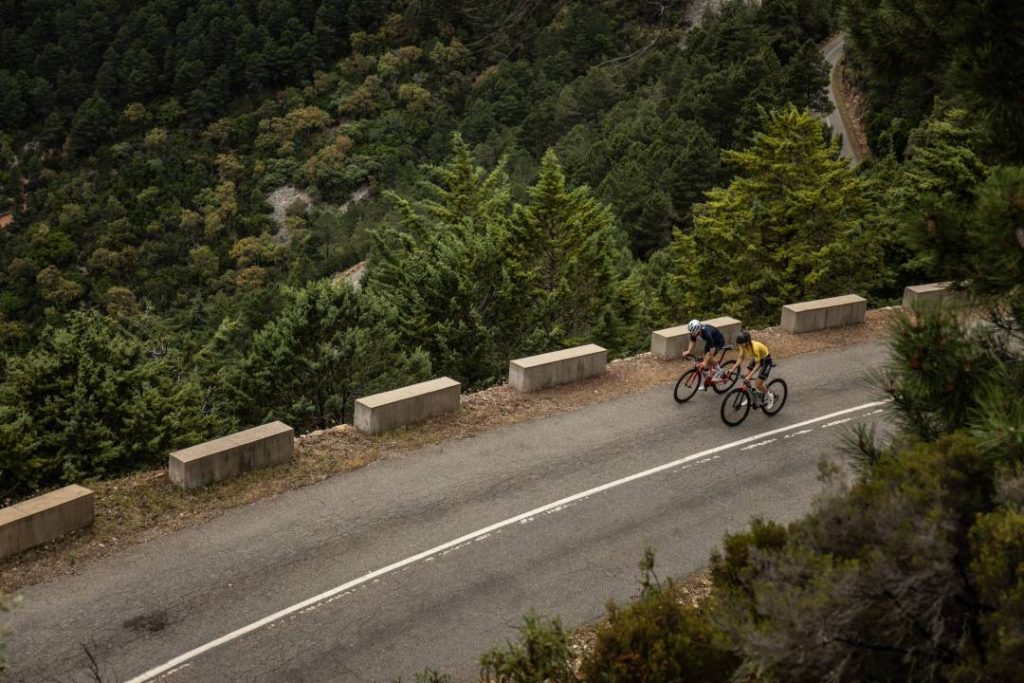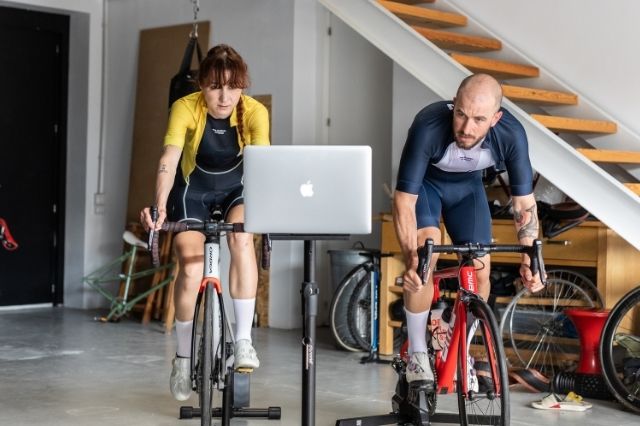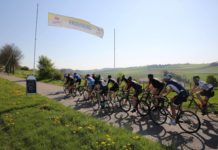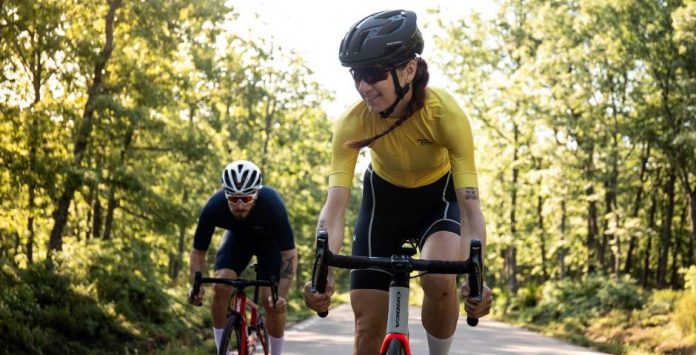The time of the greatest physical preparation arrives and a doubt arises, should I have the same weight at the beginning of the season as in the middle of it? Today we are going to tell you the keys to get the most out of your season, solving this question.
When we talk about weight in cycling we probably won’t say anything that nobody knows. Weight often has a significant impact on our overall performance. Less weight usually equals more speed, however, there are always limits.
Staying leaner means being faster, yes, but as long as we are able to maintain the necessary energy output. If weight loss is going to mean a loss of energy, then it is not adequate.
So, what do I do if I want to lose weight, but not energy? It is advisable to lose it either before or after the competition season.
What is certainly not advisable is to face a weight loss strategy during the competitive period because we will not get any benefit, on the contrary, our athletic performance will be impaired.
Phases of physical preparation for the season
To prepare physically for competitions it is advisable to follow four phases. Throughout this process you can count on the help of BKOOL, as it has exercises adapted to each phase in which you find yourself.
Phase 1: Regulation
In this first phase, which can last from 4 to 12 weeks, the main objective is to reduce body fat levels to a minimum.
Maintaining a relatively low fat percentage throughout the year is a great advantage in many aspects, since in the growth phase we will feel more energetic, active and, above all, healthy.
In the same way, at a nutritional level the body is more efficient in absorbing nutrients, improves its insulin sensitivity and avoids reaching a state of digestive saturation.
Phase 2: Increasing muscle mass
The second part aims to increase the weight in terms of muscle mass. The ideal is to maintain a relatively controlled and efficient weight, since it is useless to increase it if most of it is fat and water.
It is important to keep in mind that this increase depends on the genetics of each athlete and the established nutrition and training program. These factors, which act individually, can limit the objective.
This phase does not have an exact duration, but we could be talking about a process of 20 to 24 weeks.

Phase 3: Pre-season
This is a more committed phase in which you begin to adapt your diet and training more strictly. It is the period in which you have to lose weight to go to the competitions in the best possible physical condition, therefore, it is the time of fat loss.
The pre-season lasts between 12-16 weeks, depending on the conditions -genetics and established program- of the athlete.
Phase 4: Post-season
Yes, we know that it can be the great forgotten, but this phase is essential to restart strongly in the next season. This period is based on physical and mental recovery. It is a well-deserved rest while we intelligently adjust the whole organism for phase 1, in which we would start again.
After months of strict and restrictive diet and intense training, it is important to efficiently adapt our parameters to a recovery period. At this time, physical fitness is maintained while health improves. This phase can last between 8 and 12 weeks.
The watt/kilo ratio
For cyclists, the power/weight ratio is very important, because after all, power is one of the most important variables in pedaling.
This watt / kilo correlation makes more sense on climbs, especially on climbs with more than 6% gradient. It can be considered that each kilo of weight loss is equivalent to 6-7 watts of power savings.
However, a cyclist who trains regularly is most likely already lean and has no need to lose weight. If you are at a relatively low weight and have the desire to lose a few pounds, you have to deliberate whether it is worth it or whether it is better to work more on power.
In short, the same weight at the beginning of the season as in the middle of the season? It is recommended to follow the phases described above. Always bearing in mind that weight is a very important variable in a cyclist’s performance, it should not be forgotten that an increase in muscle mass increases power. In other words, the important thing is to have a weight based on muscle and not fat.













